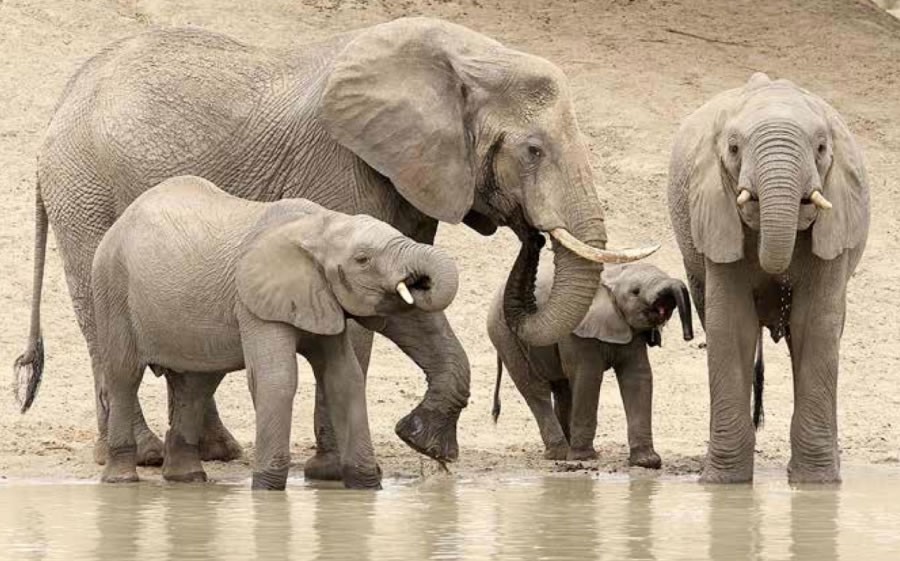
Exposé on Ivory Trading in China Highlights Demands, New Pressures
The US-based Elephant Action League (EAL) on Wednesday published a report on its undercover investigation in mainland China and Hong Kong in an effort to expose the areas – which include using a South African taxidermist – where illegal ivory opportunistically enters the legal ivory market, and where China’s legal trade system and legal businesses are exploited to launder illegal […]
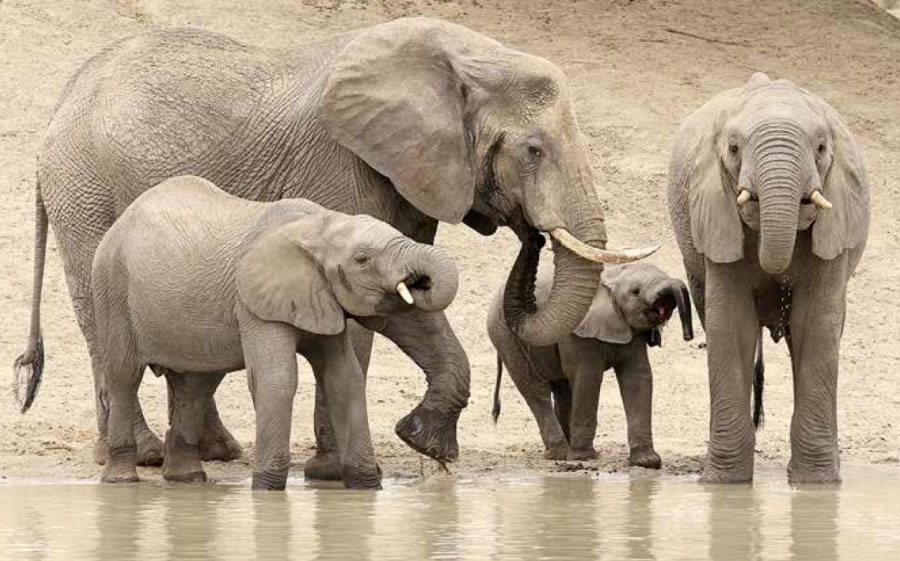
The US-based Elephant Action League (EAL) on Wednesday published a report on its undercover investigation in mainland China and Hong Kong in an effort to expose the areas – which include using a South African taxidermist – where illegal ivory opportunistically enters the legal ivory market, and where China’s legal trade system and legal businesses are exploited to launder illegal ivory onto the legal market.
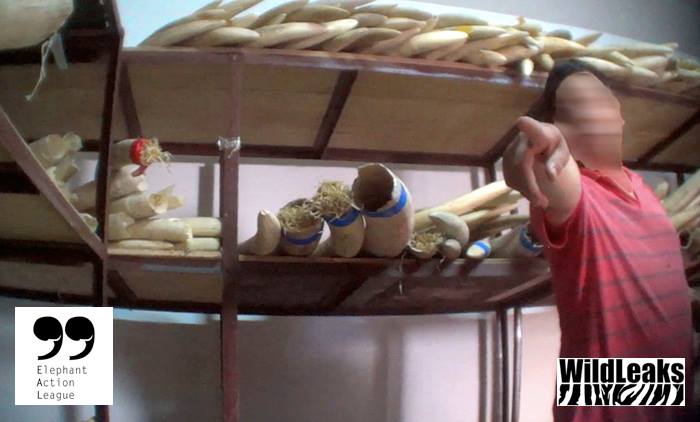
The investigation was performed over a 10-month period in 2015. EAL investigators conducted two field missions to Hong Kong and four field missions to mainland China using various stories to garner meetings with ivory traders and other industry insiders.
The team made extensive use of undercover filming and set up a series of entities to legitimize these back-stories.
Chinese traders now import ivory mainly via Hong Kong (or purchase worked ivory in Hong Kong), “legalize” it, and re-export the ivory to mainland China.
A few highlights from the ivory trading report include:
- Legitimate businesses and business people participate in and facilitate the laundering of illicit ivory through the legal ivory market by such means as 1) importing supposedly pre-ban, antique, and trophy hunting ivory, 2) the manipulation of the ivory registration system within China, 3) trading ivory privately and illegally without following the government’s guidelines and restrictions, and 4) the use of the existing huge illegal raw ivory stocks (>1,000 tons) in the hands of a few traders.
- Chinese traders now import ivory mainly via Hong Kong (or purchase worked ivory in Hong Kong), “legalize” it, and re-export the ivory to mainland China.
- The company Beijing Mammoth Art Co Ltd (ivory imports, retail sales, carving factory, trophy hunting), one of the most powerful ivory traders in China, and chosen as the main target of this investigation, confirmed to EAL investigators that they are connected to a company in Hong Kong called Tung’s Carving Gallery, to import and work ivory in Hong Kong. The trader then re-exports the worked ivory to his business in Beijing to avoid Chinese ivory quotas and to facilitate import permitting. According to a source very familiar with the ivory industry (a maker of ivory carving machines) Beijing Mammoth Art also provides ivory to around 300 illegal small carving facilities in and around Beijing.
-
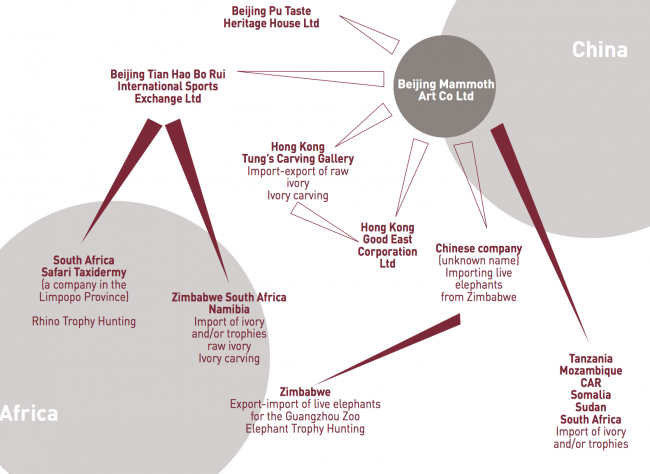
Beijing Mammoth Art’s Galaxy of Connections. Source: EAL Blended Ivory report.
- Among the galaxy of various connections, Beijing Mammoth Art is also linked to Beijing Tian Hao Bo Rui International Sports Exchange LTD (another importer in Beijing), Safari Taxidermy in Limpopo Province, South Africa, and another company, supposedly owned by Beijing Mammoth’s “boss,” that brokered the purchase and importation of live elephants to Guangzhou Zoo from Zimbabwe.
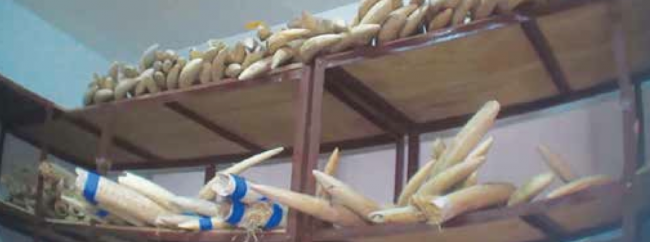
Undercover footage, Beijing Mammoth Art, “one of the most powerful ivory traders in China”. Source: EAL Report.
- Data shows how during the past two years Beijing Mammoth Art and Beijing Tian Hao Bo Rui have been importing ivory and trophies from all over Africa, including South Africa, Central African Republic, Mozambique, Somalia, Sudan and Tanzania.
- According to their sources, over 1,000 metric tons of illegal ivory is being stockpiled in secret locations and warehouses in China by investors and traders who, regardless what the Chinese government decides, are still betting on future profits.
- Through their trophy-hunting connections in South Africa, the associates of Beijing Mammoth Art are apparently able to import rhino horns using a new method. After the rhino has been killed the whole animal is preserved by a taxidermist as a trophy. The full body mount is then sent to China and is imported legally as a hunting trophy. Once inside the country the real horn is removed and replaced with a fake one.
- Rhino horn was available for sale in every facility visited by the investigative team. Rhino horn is still in high demand throughout China, with traders indicating they can sell it as quickly as they can acquire it.
- EAL investigators also assessed the availability of other rare wildlife products because at the demand end of the trade chain (China), ivory traders consistently deal with multiple wildlife products. An ivory carver and trader in Beijing – also a collector of hunting trophies and rare wildlife products from around the world – also showed EAL investigators tiger teeth and tiger bone wine. Objects made of rhino horn and tiger teeth were showed to EAL investigators multiple times, often as pictures via the app WeChat.
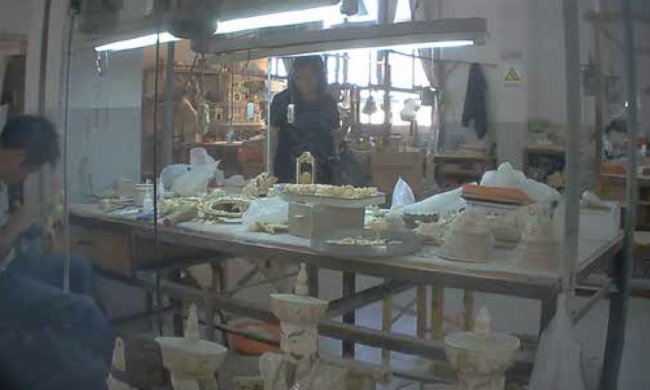
Undercover footage of a dealer in Fuzhou. Source: EAL.
- There is evidence that the social pressure to end the ivory trade from the international community, and now the Chinese government, is mounting and having an effect on the market. Ivory traders in China were supposedly scheduled to meet in November of 2015 to discuss the future of the ivory trade, both legal and illegal.
- EAL expressed appreciation to the Chinese government for its agreement to work toward closing down the domestic ivory trade, heightening efforts to reduce both the legal and illegal ivory markets, continuing efforts to reduce demand, and pledging to help solve the elephant poaching crisis.
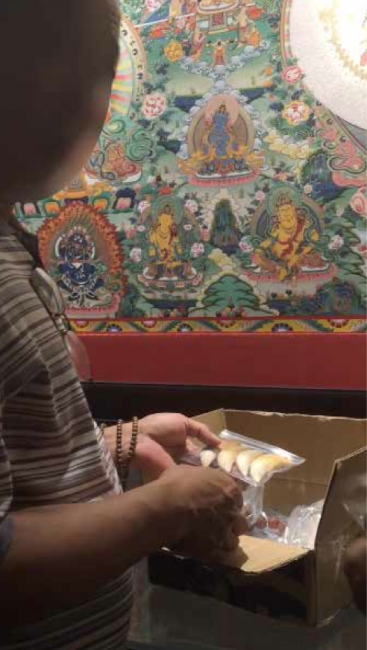
A dealer showing an EAL undercover agent tiger teeth in Beijing. Source: EAL.
“One of the major findings of this report is an apparently growing uneasiness among illegal ivory traffickers in China to continue with their business,” says Andrea Crosta, Executive Director of EAL.
“There’s a huge quantity of illegal ivory in China, over 1,000 tons, and it’s unclear how to deal with it, but the traders are discussing, for the first time, the future of the ivory trade, both legal and illegal. There may be reason to have hope that the tide is finally turning in favor of elephants in Africa. Now it’s in the hands of President Xi Jinping ” he concludes.
Also of significance is an alarming amount of rhino horn that is apparently readily available in China; the EAL investigation team was offered rhino horn at every facility they visited.
“The traders we spoke with claim that they can sell rhino horn as quickly as they can get their hands on it,” says Crosta. “Other wildlife products – tiger wine, tiger bones – are also readily available and easily obtainable.”
The undercover footage collected over the course of this investigation will be publicly shared following the premiere of the feature documentary Ivory in May 2016. The documentary, produced by Terra Mater Factual Studios and Microsoft Co-Founder Paul G. Allen’s Vulcan Productions, will reveal the fight against poachers and traffickers across Africa and Asia unlike any other documentary previously made. The film follows the ivory supply chain and will include EAL’s investigation into the blending of China’s legal and illegal ivory markets.
The full “Blended Ivory” report can be downloaded here.